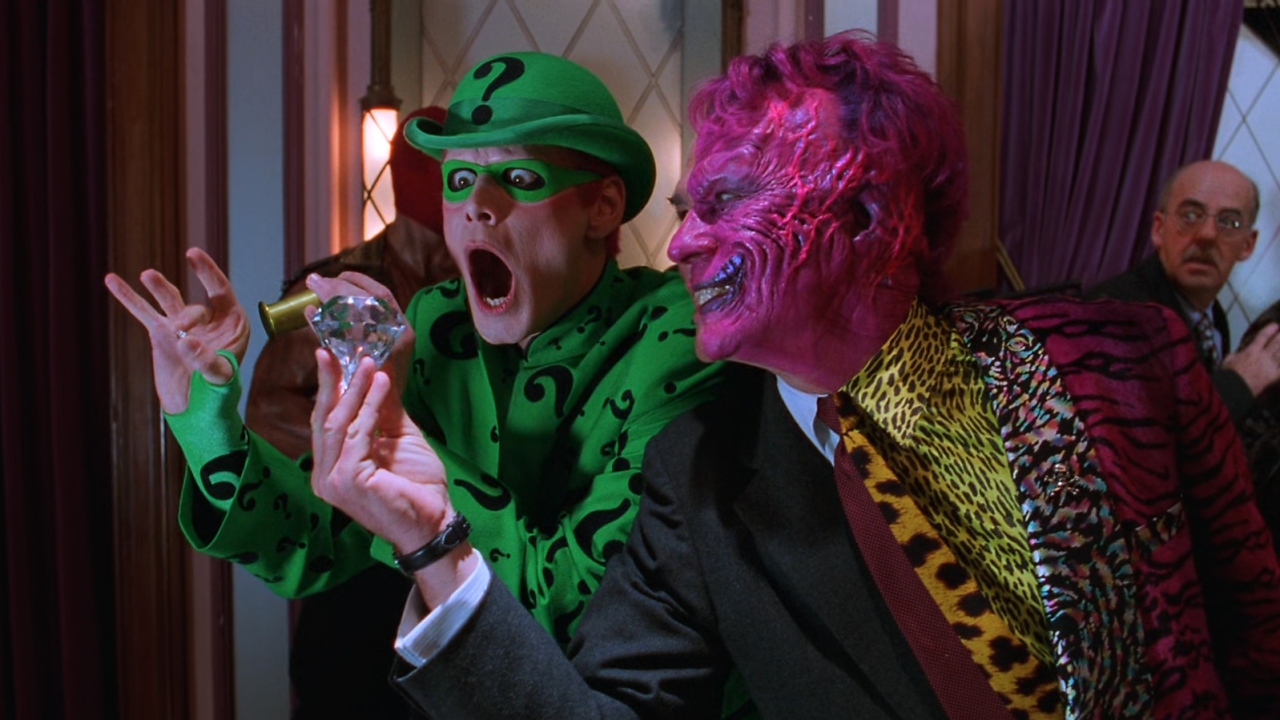Titanic: The Most Expensive Film of 1997, Director James Cameron's Cost-Cutting Techniques
News - 12 December 2023
 In 1997, Titanic made history as the most costly film ever produced, with a whopping budget of $200 million. Director James Cameron, known for his work on Avatar, recently discussed the innovative cost-cutting techniques that helped bring the iconic film to life on the big screen.nnThe ambitious drama required extravagant sets equipped with advanced technology and a vast array of resources.
In 1997, Titanic made history as the most costly film ever produced, with a whopping budget of $200 million. Director James Cameron, known for his work on Avatar, recently discussed the innovative cost-cutting techniques that helped bring the iconic film to life on the big screen.nnThe ambitious drama required extravagant sets equipped with advanced technology and a vast array of resources.It is rumored that each minute of screen time cost over $1 million to produce. Cameron faced the challenge of managing the size and scale of the sets, leading him to make some strategic decisions to streamline production costs.nnOne of the key strategies employed by Cameron was the decision to eliminate one entire set and combine two others.
Specifically, the sets for the iceberg scenes and the ship overturning scene were merged, resulting in a savings of $750,000. However, the most striking and unconventional cost-saving measure came in the form of casting choices for extras in the film.nnIn order to maintain the illusion of grandeur and scale on set, Cameron opted to only cast individuals of shorter stature as extras.
He explained, "We only cast short extras, which made our set look bigger. We didn't cast anyone over 1.72m.
" This strategic casting decision not only helped to create a sense of grandeur on screen but also contributed to significant savings for the production team.nnDespite the initial high production costs, Titanic ultimately became a massive box office success, breaking records and becoming the highest-grossing film of all time. The film's estimated profit stands at an impressive $2.
257 billion, a testament to the careful planning and cost-saving measures implemented by the production team.nnToday, viewers can enjoy the epic tale of Titanic on streaming platforms such as Disney+, where the film continues to captivate audiences with its timeless story and breathtaking visuals. Titanic stands as a testament to the power of innovative filmmaking and strategic cost management in creating a cinematic masterpiece that has captured the hearts of audiences worldwide.











